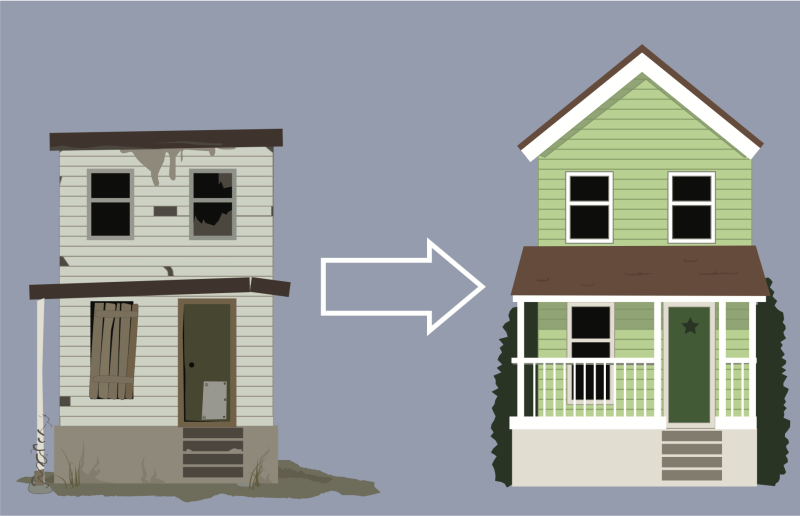
In September, demand for second homes was 60% higher than it was before the coronavirus pandemic.
- In September, demand for second homes was 60% higher than it was before the coronavirus pandemic.
- Demand for vacation homes skyrocketed as more people left the city behind to work remotely.
- Last March, GSEs announced plans to limit the number of second home and investment property loans it would buy.
- Last month, the Treasury Department and the FHFA announced they would move these restrictions in an effort to boost housing supply.
In September, demand for second homes was 60% higher than it was before the coronavirus pandemic, according to a new report from Redfin. Real estate analytics firm Optimal Blue provided the mortgage-rate lock data for Redfin’s analysis.
A mortgage-rate lock is an agreement between the homebuyer and lender that allows the homebuyer to lock in an interest rate on their mortgage for a certain period of time, offering protection from future interest rate hikes. Homeowners are required to specify whether this rate lock is for a primary home, a second home, or an investment property. About 80% of mortgage-rate locks result in actual home purchases.
During the onset of the pandemic, hoards of wealthy Americans decided to get the heck out of dodge and leave the crowded cities behind. Demand for vacation homes skyrocketed as even more people transitioned to remote work. This triggered a period of wide-spread reshuffling, and people began to migrate all across the country in search for a more satisfactory home and lifestyle. But as more cities lifted their stay-at-home restrictions, the surge in demand for second homes began to dwindle. The initial shock of the pandemic faded, the spring homebuying frenzy winded down, and the overall housing market began to cool.
However, this cooldown is not entirely due to natural market fluctuations. A new rule from Fannie Mae also contributed to the slowdown of vacation-home demand, according to Redfin deputy chief economist Taylor Marr. The government-sponsored enterprises (GSEs) announced plans last March to limit the number of second home and investment property loans it would buy. This effectively made it more challenging and expensive to get a loan for vacation homes.
“The market may have overreacted to the Fannie Mae rule a bit, which would explain why we've been seeing demand for second homes bounce back,” Marr said. “Mortgage rates are on the rise as well, which is likely creating a renewed sense of urgency for vacation-home buyers who want to purchase properties before rates climb even further.”
Last month, the Treasury Department and the FHFA announced they would move these restrictions in an effort to boost housing supply. Marr predicts that this will likely keep demand for second homes above pre-pandemic levels for the foreseeable future.
Furthermore, permanent remote work policies could fuel sustained interest in second homes. Earlier this month Amazon Inc. announced that it will allow many employees to work from home indefinitely, and Microsoft Corp. recently made a similar announcement.




